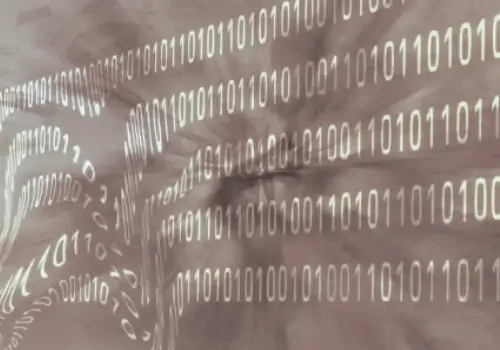
How to Defrag a Computer
Secure Data Recovery Services is happy to offer you this online guide to help you better care for your computer. If you need help backing up information prior to defragmenting your computer, please place an inquiry online and get your free quote on our certified, professional data backup services today.
Defragmenting a HDD on your computer will improve system performance.
Fragmented files occur the longer you use your computer. When you save, create, or install a file, data is stored in chunks on your hard drive. The longer you use your computer, the more data you add in, and these chunks get chopped up as more information is stored in and around them. Eventually, when you go to access fragmented files, it takes your computer longer because the information has to come from a number of places on your hard drive all at once.
When you defragment your computer, your computer will shuffle the fragmented files around and re-sort everything so that similar files are again grouped more closely together. This will improve your computer’s processing speed and help re-organize your hard drive space, giving you more room to store data.
It’s important to note that, generally speaking, Mac users do not have to defrag their hard drives because Macs store their data differently than PCs. Additionally, since most Windows users now have Windows 7, the focus of this article will be on defragmenting computers with the Windows 7 operating system, but we have included a link for users who may have Windows XP at the bottom of the article.
Defragmenting your computer is not a difficult process; in fact, most of the time, you can even do it yourself!
Let’s learn the basics of how to defrag a computer
Click on the Start button. In the search box, type in “disk defragmenter” — your computer should automatically find you a shortcut to the disk defragmenter.
Once the disk defragmenter option is available, click it and a window will open up on your screen. It will list all of your drives on it. (Drives normally look like this “C:” “D:” “E:,” etc.)
Next to each of your drives, there will be the last time it was analyzed for defragmentation and the percentage that the drive is fragmented. If it’s been a while since you checked the drive, it may read 0% fragmented but you’ll want to double-check.
To double-check whether your drives are fragmented, you will want to click on each of them and select the “Analyze disk” option. The computer will then analyze the drive you’ve selected to see if it’s fragmented, which may take a few minutes if you have a lot of data stored on your computer.
If after analyzing the disks, the numbers still read 0%, then you do not have to defrag your drives at this time, but if the analysis does turn up a number other than 0%, your next step is to click the drive that has fragmentation and select the “Defragment Disk” option. Your computer will then go about defragmenting that drive for you, which may take a while.
Now you know how to defrag a computer and help keep your hard drives running in tip-top shape. If you have any difficulties, feel free to contact one of our data specialists and we’d be happy to help you!
Learn More About Computer Crashes and Data Recovery
Check out the links below for more information on how to keep your computer healthy.
